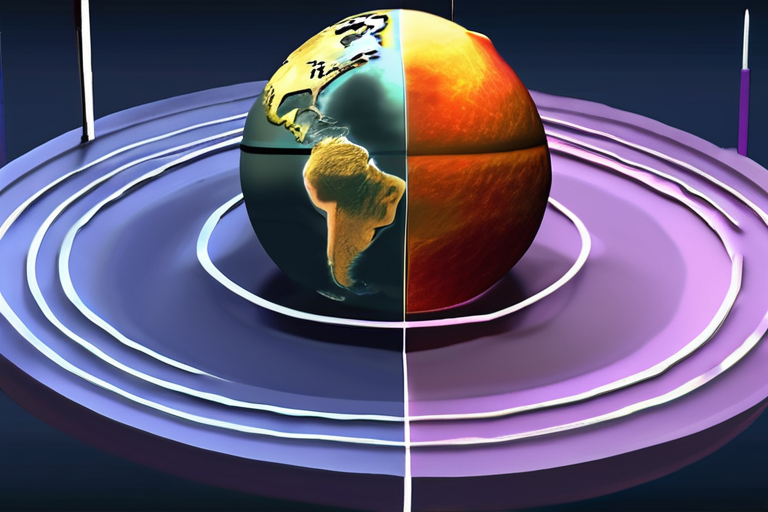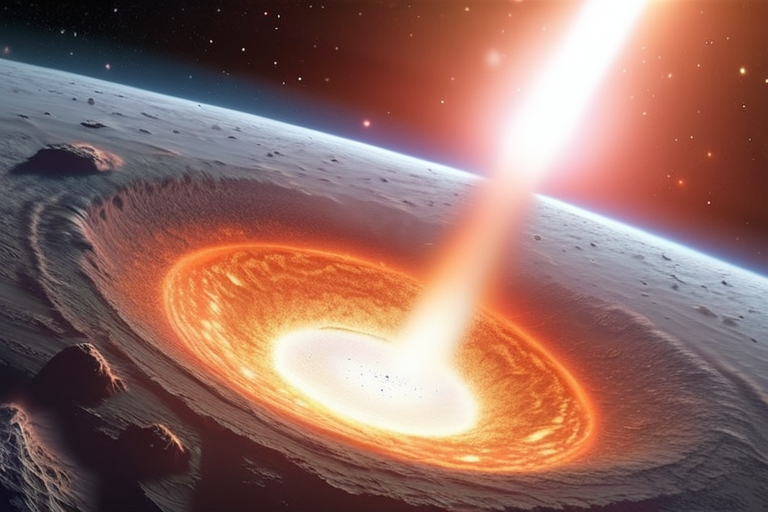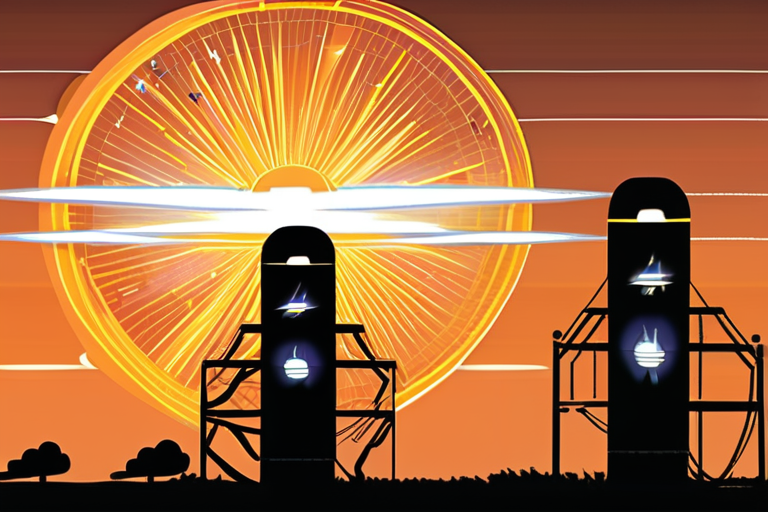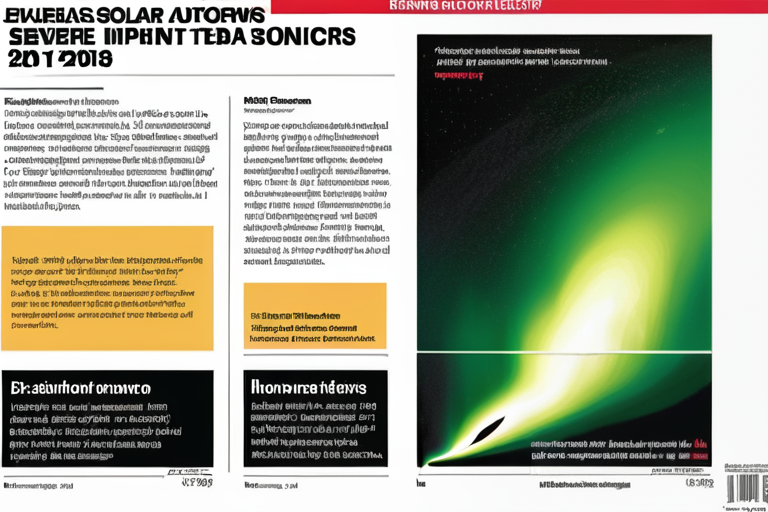Scientists have captured the first detailed observations of how a superstorm compresses Earth's plasmasphere, revealing why recovery took more than four days and affecting navigation and communication systems. According to research from Nagoya University, a massive solar storm in May 2024 gave scientists an unprecedented look at how Earth's protective plasma layer collapses under intense space weather.
The event, known as Solar Superstorm Gannon, pushed auroras far beyond their normal boundaries and exposed the hidden processes that slow its recovery. Researchers used the Arase satellite, which was in a perfect observing position, to watch the plasmasphere shrink to a fraction of its usual size and take days to rebuild. This rare negative storm in the ionosphere dramatically slowed the atmosphere's ability to recover, offering valuable insight into how extreme solar activity disrupts satellites, GPS signals, and communication systems.
"This was a once-in-a-lifetime opportunity for us to study the effects of a superstorm on the plasmasphere," said Dr. Toshi Nishimura, lead researcher on the project. "The data we collected will help us better understand how to mitigate the impacts of space weather on our technological systems." According to Dr. Nishimura, the observations offer a unique perspective on the complex interactions between the Earth's magnetic field, the solar wind, and the ionosphere.
The plasmasphere is a critical component of the Earth's magnetic field, protecting the planet from charged particles and radiation from the sun. However, during intense space weather events like Solar Superstorm Gannon, the plasmasphere can collapse, exposing the Earth's magnetic field and causing disruptions to communication and navigation systems. The researchers' findings suggest that the rare negative storm in the ionosphere played a significant role in slowing the plasmasphere's recovery.
The study's results have significant implications for space weather forecasting and mitigation. "Our research highlights the importance of understanding the complex interactions between the Earth's magnetic field and the solar wind," said Dr. Nishimura. "By better understanding these interactions, we can develop more accurate forecasts and better prepare for the impacts of space weather on our technological systems."
The Arase satellite, operated by the Japan Aerospace Exploration Agency, has been monitoring the Earth's magnetic field and the solar wind since 2016. The satellite's unique orbit and instrumentation allowed researchers to collect high-resolution data on the plasmasphere's collapse and recovery. The study's findings are expected to contribute to the development of more accurate space weather forecasting models and better protection of our technological systems from the impacts of space weather.
As the research community continues to study the effects of Solar Superstorm Gannon, scientists are working to develop more accurate models of the Earth's magnetic field and the solar wind. These models will help predict the impacts of space weather on our technological systems, enabling better preparation and mitigation strategies.



























Share & Engage Share
Share this article